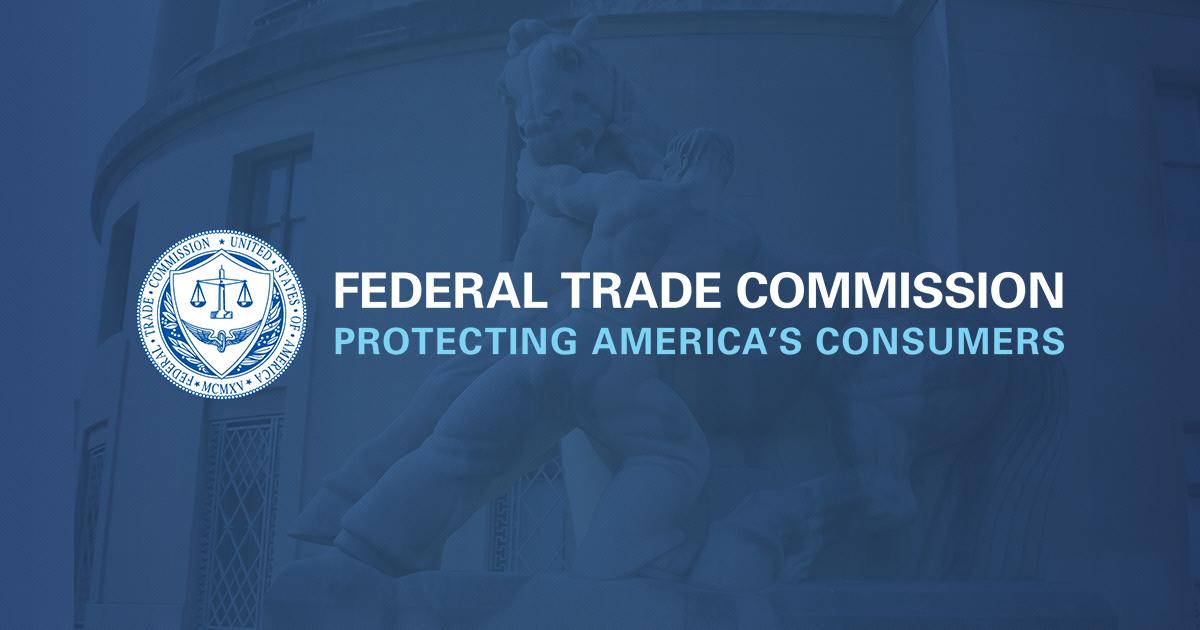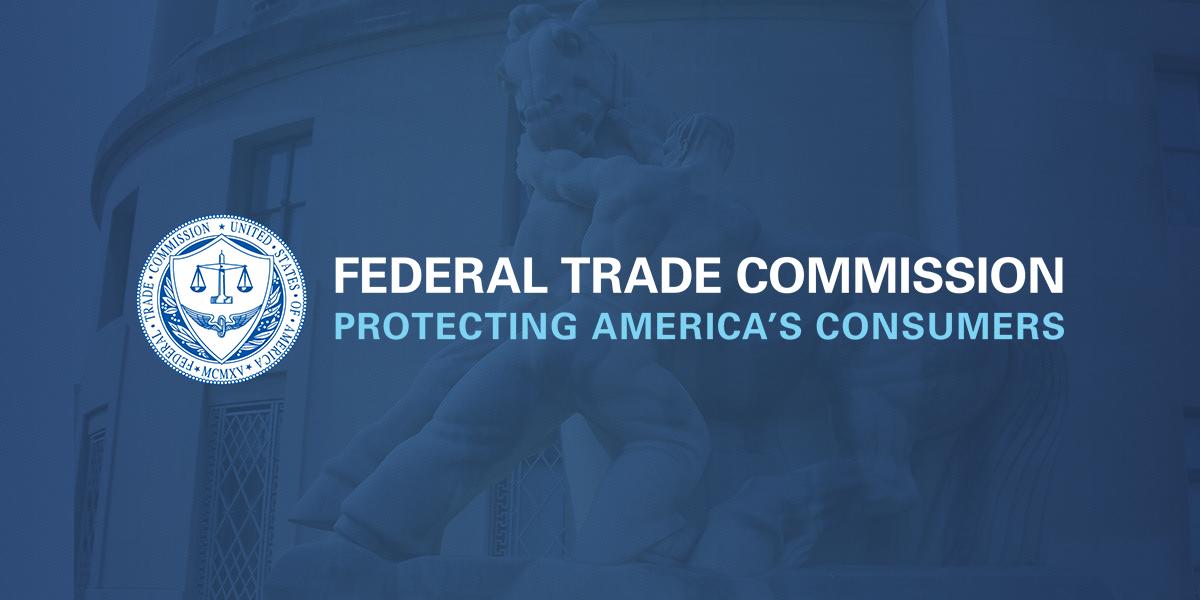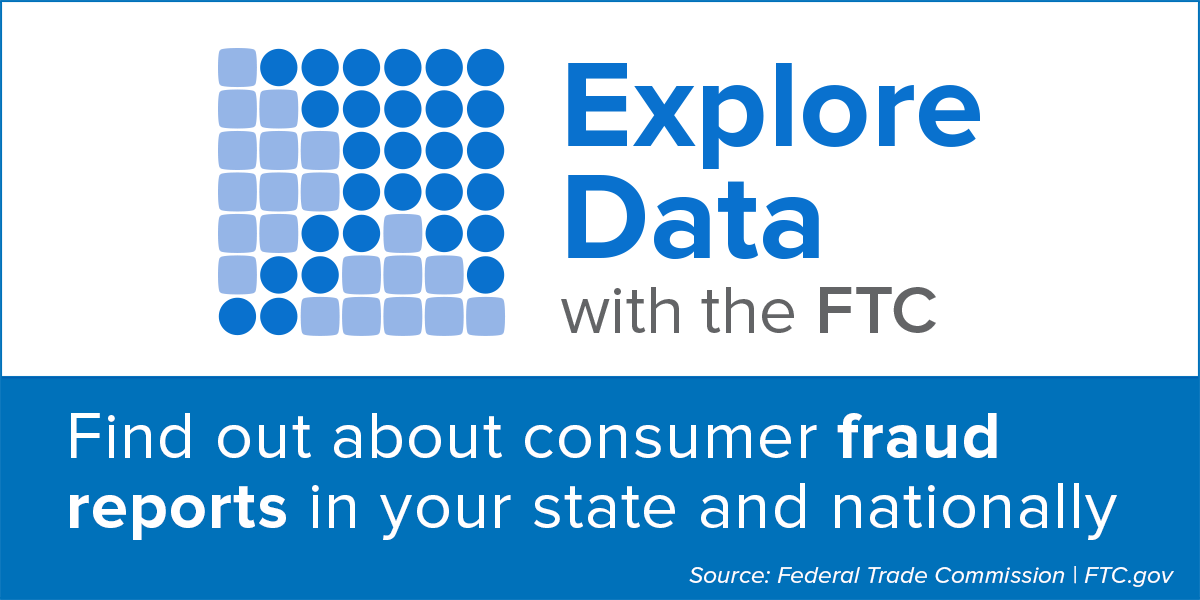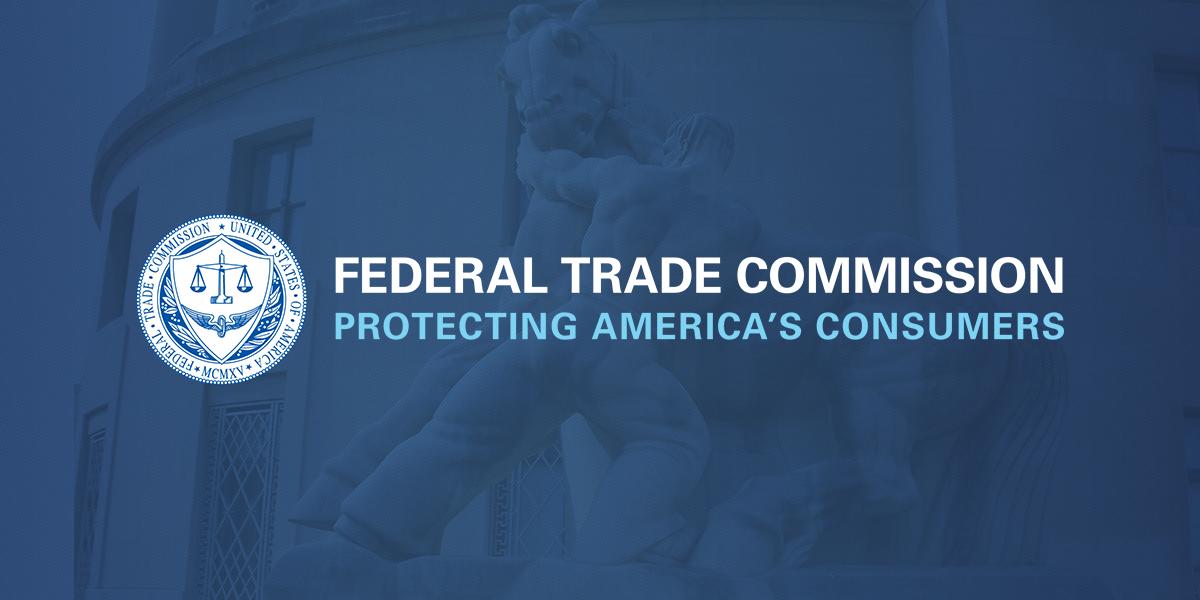FTC Submits Comment Supporting Proposed USPTO Terminal Disclaimer Rule

The Federal Trade Commission submitted a comment supporting a proposed U.S. Patent and Trademark Office (USPTO) rule regarding new requirements associated with patent terminal disclaimer practice to address practices that can lead to patent system abuse.
As the FTC’s comment letter states, the proposed rule seeks to promote innovation and competition by preventing practices that can facilitate the creation of overlapping patent rights known as patent thickets, which can block or delay competition. The Commission’s latest comment to the USPTO is part of the FTC’s broader efforts to address patent abuse that can threaten competition, including practices that can delay or prevent less expensive prescription drugs from entering the market.
The FTC’s comment focuses on the USPTO’s proposed rule involving the use of a terminal disclaimer, which is a binding stipulation by a patent applicant that the patent’s term will not extend beyond the duration of an existing duplicative patent. They are used to overcome USPTO patent claim rejections for claims in a patent application that are found to be essentially the same as those in a prior patent, which is referred to as nonstatutory double patenting.
While terminal disclaimers ensure that the term of the new patent with the disclaimer will not extend beyond the term of the original patent, they enable the issuance of patents with duplicative claims, all of which must be overcome by potential market entrants. This practice is prevalent across patents involving prescription drugs. The excessive use of terminal disclaimers to overcome nonstatutory double patenting rejections can contribute to the growth of patent thickets and insulate dominant firms from competition.
The USPTO’s proposed rule would require patent applicants filing terminal disclaimers to agree that the patent would be enforceable only if it has not been tied by a terminal disclaimer to another patent containing any claim that has been finally held unpatentable or invalid by a federal court or the USPTO, and for which all appeal rights have been exhausted.
As the FTC’s comment states, the proposed rule would reduce the costs incurred by potential competitors challenging weak patents or defending against assertions of patent claims that are obvious variants of a single invention. The proposed rule would also reduce incentives for current market leaders to file numerous duplicative patents tied to each other by terminal disclaimers, while leaving in place a range of alternatives for patent owners and applicants to deal with nonstatutory double patenting rejections. This is expected to help reduce the scope, prevalence, and exclusionary impact of patent thickets, the FTC’s comment states.
The Commission believes the proposed rule will reform terminal disclaimer practice in a manner that reduces gamesmanship by patent holders, as well as the number, size, and impact of patent thickets.
The Commission voted 3-2 to submit the comment to USPTO, with Commissioners Andrew N. Ferguson and Melissa Holyoak voting no.
The FTC’s comment to the USPTO builds on previous work by the Commission to promote competition involving pharmaceutical drug patents. In June, the FTC submitted a comment supporting a proposed USPTO rule involving the disclosure of patent settlement agreements, which would enhance antitrust enforcers’ ability to monitor and curb potentially anticompetitive settlement agreements.
The FTC in February submitted a comment to the National Institute of Standards and Technology in support of the use of “march-in” rights as an important check on companies charging Americans inflated prices for drugs developed with taxpayer-funded research. In addition to filing comments, the FTC continues to challenge pharmaceutical manufacturers’ improper or inaccurate listing of patents in the Food and Drug Administration’s Orange, disputing junk patent listings for diabetes, weight loss, asthma, and COPD drugs.
What's Your Reaction?
 Like
0
Like
0
 Dislike
0
Dislike
0
 Love
0
Love
0
 Funny
0
Funny
0
 Angry
0
Angry
0
 Sad
0
Sad
0
 Wow
0
Wow
0










